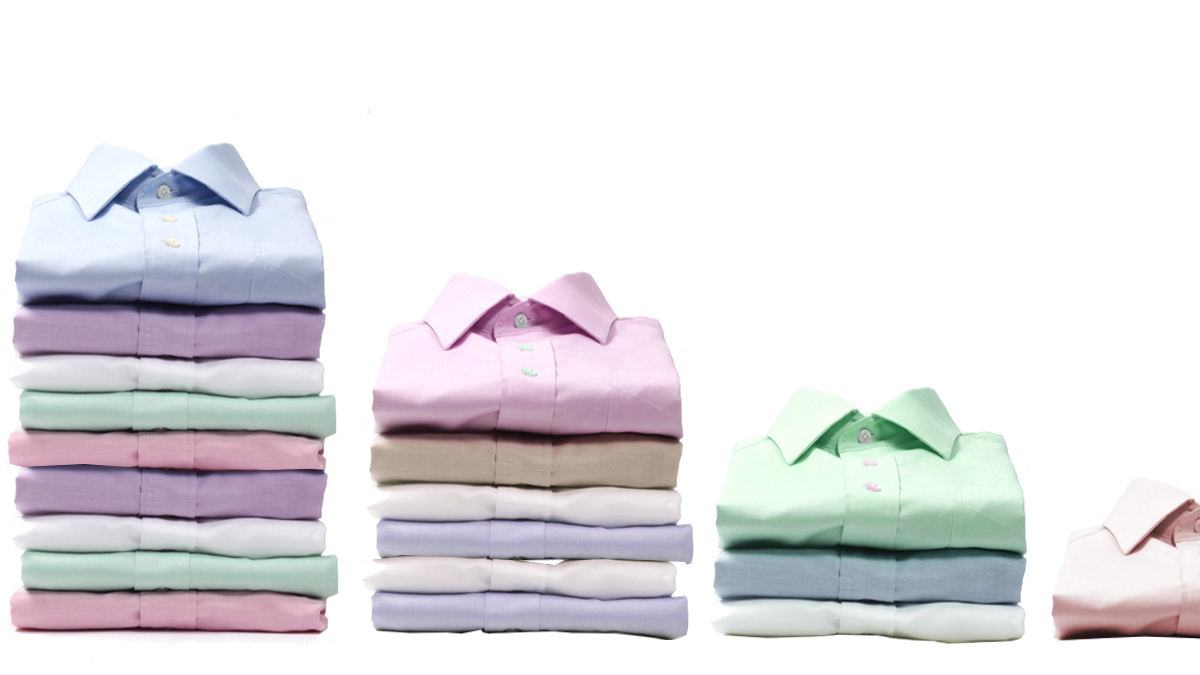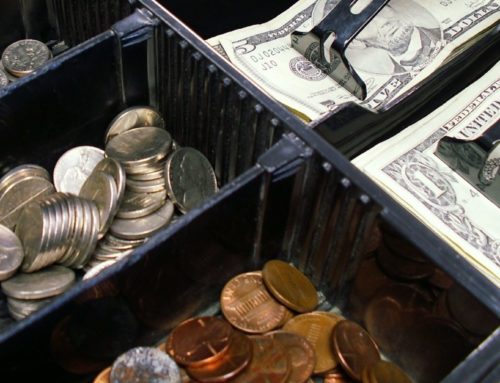Retailers have debated the effectiveness of wedge or depth and breath planning for decades. Wedge planning is the idea of clustering stores by sales volume and then deciding how many styles each one of those store clusters will receive. It sounds straightforward if you understand the depth and breadth of assortment planning.
What is depth and breath? : The stores with the highest sales are likely able to sell a wider breadth of merchandise and a greater depth or number of styles. Conversely, stores with lower sales will likely receive a narrow breadth of merchandise and less depth in the number of styles. The simplicity of the assortment’s depth and breadth makes life easier for planners and buyers alike, especially when planning is done manually or with legacy software or spreadsheets. The wedge neatly ties up buying with merchandise financial plans.
But like many retail industry practices, the wedge is obsolete. While the wedge worked well in a time before personalization and Omni channels when merchandise plans were done on spreadsheets, today’s consumer expects a more personalized shopping experience. And today’s technology is ready to offer a detailed level of assortment planning the wedge is ill-equipped to handle.
A wedge between fashion and consumers
For all of its efficiency value, the wedge holds retailers back from quickly fulfilling customer demand. The inherent constraints limit buyers to a pre-determined set of styles, ignoring the urgent need to be adaptive to trends. If an emerging trend doesn’t fit into a predefined buy, the entire plan needs to be reworked.
It turns merchants into mere purchasers, sent out with a shopping list and returning with what they were assigned. Changes in customer demand and emerging trends are left ignored, because it’s not worth the hassle to make changes after the open-to-buy is set.
A more effective method is to allow buyers to make decisions about how they envision each product being allocated and calculate buy choices and units based on the market’s need. You can further tailor assortments by using multiple dimensions of customer demand to target buys. A particular style may be most suitable for markets with high sales volumes, in warm climates, with customers who prefer conservative styles.
But the wedge doesn’t support assortment planning with this level of detail. This buying type requires constantly recalculating buy choices, dollars, and units to ensure merchandise planning is in sync. Buy plans still roll up to the same high-level goals as they would with the wedge, and merchants are still responsible for the same open-to-buy they have more flexibility to adjust their buys to ensure inventory is appropriately matched to customer demand.
Wedging locations into the wrong clusters
When we think of the wedge, we typically think of four or five clusters based on sales volume. The stores with the most sales will get the widest breadth of an assortment, and the ones with the poorest performance get only the items that are projected to be more popular.
But the typical wedge forces retailers to plan the same assortment for all stores within a cluster, even though there may be variations in customer preferences between stores. For example, a flagship store in New York would have customers with very different tastes from a store with similar sales volume in Los Angeles or Chicago. Attempting to make adjustments to account for those differing customer preferences requires fudging the numbers or creating an entirely different plan.
The result is a limited number of “one size fits all” assortments that will fail to realize their margin potential because each product is destined to be over-stocked or under-stocked to some extent when it’s not reaching the right customers.
It’s advisable instead to use multiple dimensions of customer demand to cluster stores, and use those dimensions to tailor buys. Applying additional clusters based on customer attributes, such as trend, climate, country, etc., can help retailers target their customers even more closely by location. And performing this action during the buying process – as opposed to during allocation – helps ensure the correct number of units is bought to feed products to only those locations that can sell them.
See also: How to Buy Based on Customer Demand
The technology to support change
Buying this way takes you from the wedge, where you might create in the order of five unique assortments over the course of a year, to a dynamic assortment plan that might contain hundreds of different assortments.
Traditional tools (e.g. spreadsheets) aren’t able to keep up with the amount of data necessary to be so detailed, and this technological limitation is what’s kept the wedge prominent in retail for so long. Regrettably, many assortment planning tools still utilize wedge planning despite its many weaknesses. Many software providers actually advocate for the wedge, and sell tools that reinforce an old way of doing things that were only brought about because the technology didn’t exist to do it better.
But technology is far enough advanced to manage this type of buy planning quite easily, and when it’s done right, it can actually feel a lot like traditional wedge buying to the end-user. But the process is supported by better math and allows the buyer more flexibility to think about the assortment from different angles (like customers, channels, and geography).
See also: Why You Need a Better Tool Than Spreadsheets For Assortment Planning
By considering customer demand before assortments are bought, buyers can give allocation a clear picture of how their buy is intended to be distributed. By clustering at a product class level, stores can be fed the products they’re most likely to sell (and spared the ones they’re unlikely to sell). By empowering merchants to make decisions about how best to spend open to buy, assortments can be better matched to fashion trends. By using multiple dimensions of customer demand, you can match assortments even more closely to customer demand at each and every location in your chain.
The wedge is alive and well in many merchant organizations, but its days are numbered. Technology is ready to allow retailers to plan in much greater detail, and the companies that embrace a more sophisticated way of buying merchandise will be better positioned to compete than those who merely find a new way of doing the same old thing.
See what your margin improvement potential is with the right tool >>






















